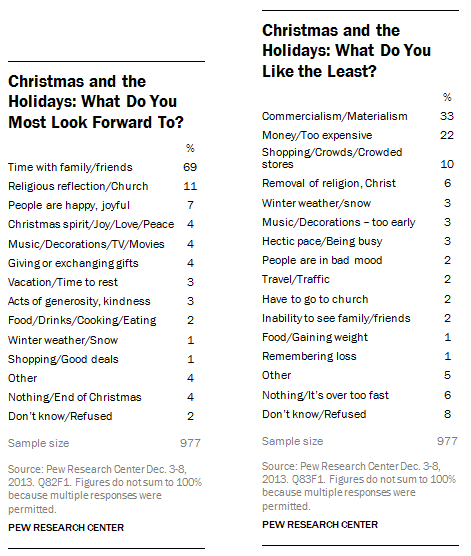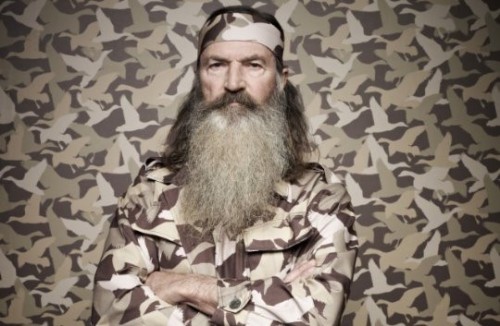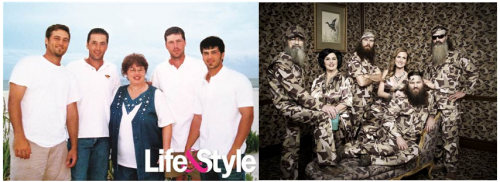My friend Andy Markovits passed along to me a very funny YouTube video that has been making the rounds. It touches on an intriguing aspect of American social history — the curious affinity of Jews for Chinese food. Ever since Eastern European Jewish immigrants began arriving here in large numbers about a century ago, they showed a special inclination to go to Chinese restaurants whenever they went out to eat non-Jewish food.
There was always something a little odd about this, since many of them normally avoided non-kosher food, and Chinese food is anything but kosher — certainly no more kosher than, say, Italian or Irish or generic-American food. (In recent years some Chinese restaurants have adapted by going kosher, but such cases used to be vanishingly rare.) Perhaps the sauces that smothered and disguised the food, which also tended to be finely chopped up, made a certain degree of denial easier? (Through most of the 20th century, the kind of Chinese food that American Jews were eating was usually some version of gloppy American-Cantonese.) And perhaps the special attractiveness of Chinese restaurants had something to do with the fact that Chinese — unlike a number of other ethnic groups in the U.S. — had no history of, or reputation for, anti-semitism? One can only speculate.
Here are some informed socio-historical speculations by two Jewish sociologists, Gaye Tuchman and Harry Levine, in “‘Safe Treyf’: New York Jews and Chinese Food” (for those of you who come from the dominant culture, “treyf” or “treif” means non-kosher):
Three themes predominate. First, Chinese food is unkosher and therefore non-Jewish. But because of the specific ways that Chinese food is prepared and served, immigrant Jews and their children found Chinese food to be more attractive and less threatening than other non-Jewish or treyf food. Chinese food was what we term “safe treyf.” Chinese restaurant food used some ingredients that were familiar to Eastern European Jews. Chinese cuisine also does not mix milk and meat; indeed it doesn’t use dairy products at all. In addition, anti-Semitism, anti-Chinese racism, and the low position of the Chinese in American society also (perhaps paradoxically) made Jews feel safe and comfortable in Chinese restaurants.
Second, Jews construed Chinese restaurant food as cosmopolitan. For Jews in New York, eating in Chinese restaurants signified that one was not a provincial or parochial Eastern European Jew, not a “greenhorn” or hick. In New York City, immigrant Jews, and especially their children and grand-children, regarded Chinese food as sophisticated and urbane.
Third, by the second and third generation, Jews identified eating this kind of non-Jewish food — Chinese restaurant food — as something that modern American Jews, and especially New York Jews, did together. “Eating Chinese” became a New York Jewish custom, a part of daily life and self-identity for millions of New York Jews.
Whatever the reasons, this connection between American Jews and Chinese food has long been a solidly established social fact. (I don’t know whether this has also been true for Jews in Montreal and Toronto, or whether there are any parallels outside North America.) And I am told by people who know about such things (not just professionally, but from relevant sociological research) that this connection has long been a self-conscious part of Chinese-restaurant lore as well. If someone wanted to start a Chinese restaurant, the best bet was to have a Chinese community nearby — but, failing that, everyone knew that the second-best situation was to open the restaurant near a supply of Jewish customers.
As part of this pattern of ethnic symbiosis, one special Christmas custom (we might almost call it a tradition) that emerged among American Jews was to go out to a Chinese restaurant for Christmas. Again, the explanation is no doubt complex. Since most Chinese didn’t celebrate Christmas as a religious or family holiday, Chinese restaurants were likely to be open when other restaurants were closed. I would also guess that it’s easy to get a reservation at your favorite Chinese restaurant when the goyim are mostly having Christmas dinner at home. And the movie theaters are often emptier, too — so why not go to the movies while you’re at it?
For a celebration of this Jewish Christmas tradition, click HERE. For a nice video on the subject from the Forward, see Jews and Chinese Food: A Christmas Story.
Jeff Weintraub is a social and political theorist, cultural and political sociologist, and democratic socialist who has been teaching most recently at the University of Pennsylvania and Bryn Mawr College. (Also an Affiliated Professor with the University of Haifa in Israel and an opponent of academic blacklists.) This post originally appeared at his blog, Commentaries and Controversies.






















